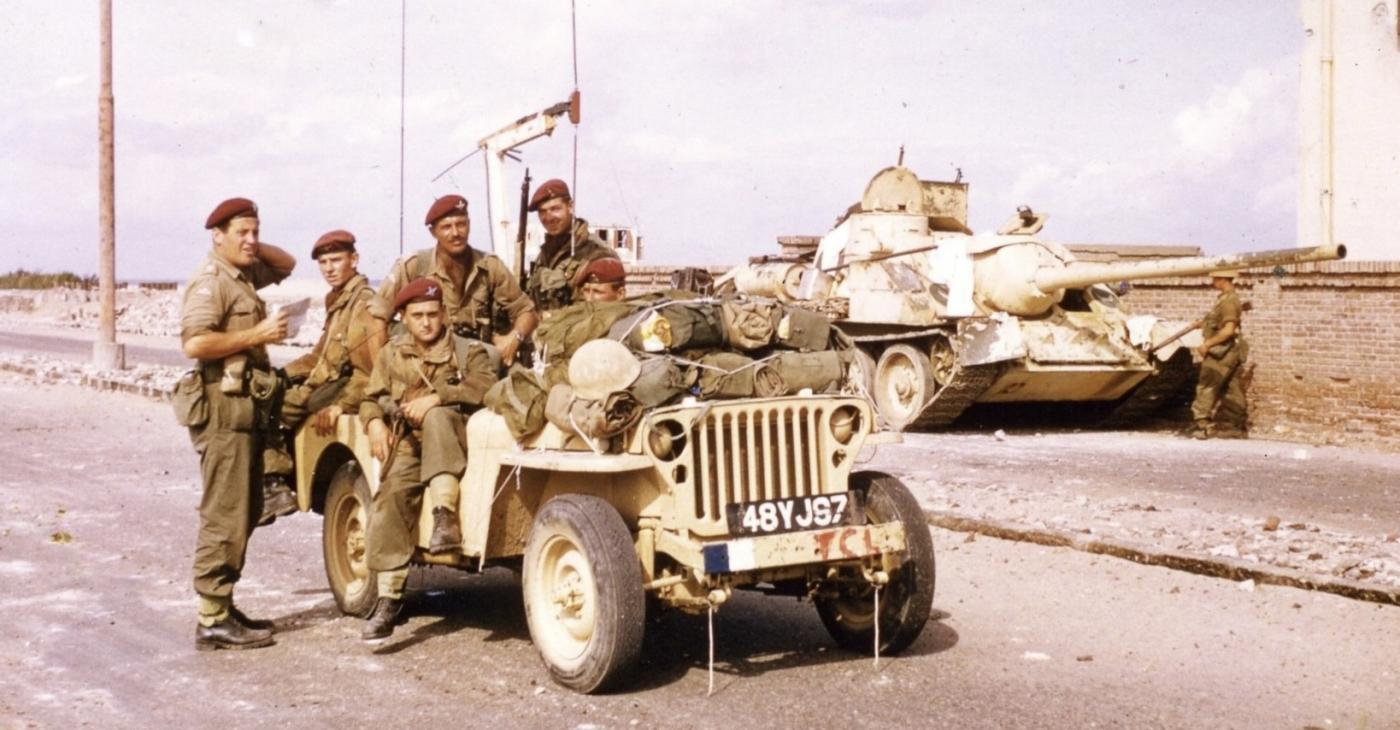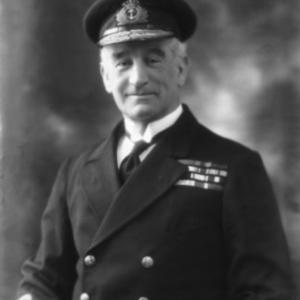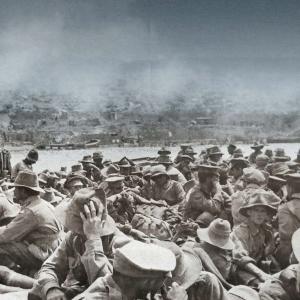
On this day in military history…
In late 1956, the Suez Canal Crisis marked one of the most dramatic and controversial episodes of the post-war period. The crisis arose after Egyptian President Gamal Abdel Nasser nationalised the Suez Canal in July, taking control from the British and French interests that had dominated it for decades. Britain and France, alarmed by the loss of influence and fearing for the security of their vital trade route to Asia, secretly allied with Israel to retake the canal. The plan was for Israel to invade Egypt across the Sinai Peninsula, followed by Anglo-French intervention under the pretext of separating the warring sides and ensuring the canal’s freedom of navigation.
By early November, the military phase was fully underway. After Israeli forces reached the canal zone, British and French paratroopers were ordered to seize key points around Port Said and Port Fuad to pave the way for an amphibious landing. On the morning of 5th November 1956, British paratroopers from 3rd Battalion, The Parachute Regiment, dropped over El Gamil airfield west of Port Said. The drop took place at low altitude, around 600 feet, to reduce their time exposed to ground fire, but it also meant they carried no reserve parachutes. Each man was heavily laden with weapons, ammunition, and supplies, making the jump risky and uncomfortable. Many of the men felt uneasy about this omission, and there were murmurs of discontent that they were being asked to jump “one chute only,” with no second chance if anything went wrong.
As soon as the first red canopies opened above the dusty airfield, Egyptian troops opened fire. Small arms, anti-aircraft guns, and light artillery swept across the landing zone. The paras descended straight into a storm of bullets. Many landed under fire and scrambled for cover behind sand dunes and low buildings. Despite the confusion and scattered landings, the British quickly gathered into fighting groups and began clearing the airfield. Within hours they had secured El Gamil, though resistance was fierce from Egyptian soldiers and police units who had fortified the surrounding area.
Soon after the British drop, French paratroopers from the 2e Régiment de Parachutistes Coloniaux jumped near Port Fuad, on the opposite side of the canal. They too encountered heavy resistance but managed to secure their objectives with precision and aggressiveness. The French paras were seasoned veterans of Indochina and Algeria, and their coordination with the British was generally effective, though communication was often limited by differing command structures.
On the following day, elements of 2nd Battalion, The Parachute Regiment, arrived by sea as part of the main amphibious assault. The naval landings at Port Said brought troops and armour ashore under sporadic Egyptian fire. The paras who came in by ship found a city in chaos, much of it damaged by naval bombardment and air strikes. Streets were choked with debris and burning vehicles. Snipers fired from rooftops, and Egyptian troops fought stubbornly in built-up areas. The fighting was close, confused, and bitter, as the paratroopers advanced house by house through the city.
Tactically, the British and French used classic airborne and amphibious coordination. The airborne units seized the airfield and key points to allow follow-on forces to land safely, while naval and ground units pushed inland to consolidate the area. Air support from Fleet Air Arm and Royal Air Force aircraft helped suppress resistance, though civilian casualties and damage to the city drew international condemnation.
In terms of casualties, British forces suffered relatively light losses considering the scale of the operation. Around 16 British troops were killed and some 96 wounded during the entire Suez campaign, with a small number of aircraft losses. The French sustained roughly 10 killed and 30 wounded. Egyptian casualties were much heavier, estimated at over 600 military dead and hundreds more wounded, along with a significant number of civilian deaths caused by bombing and urban fighting.
Militarily, the operation was a success. The airborne and seaborne forces captured Port Said and secured the northern end of the Suez Canal within two days. However, politically, it was a disaster. International pressure, particularly from the United States and the United Nations, forced Britain, France, and Israel to halt their advance and withdraw. Within weeks, a UN peacekeeping force replaced them, and the canal was handed back to Egyptian control.
For the paratroopers who fought at Suez, the operation was a mixture of pride and frustration. They had executed one of the last large-scale airborne assaults in British military history with skill and courage, facing determined resistance and complex conditions. Yet the abrupt end to the campaign and the political humiliation that followed left many with a sense that their effort and sacrifice had been wasted. Despite its short duration, the Suez operation remains a striking example of airborne tactics under fire—and a reminder of how swiftly military triumph can be undone by political reality.










